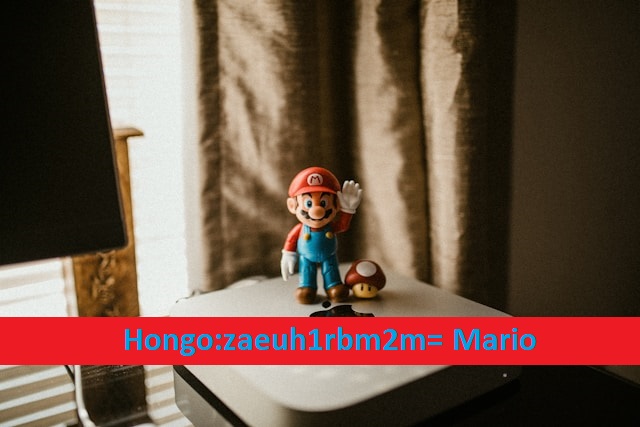What to Visit in Rome?
The Old Continent as it is also known is a fan favourite when it comes to travel. One of the best things about this relatively small continent compared to the others is its great diversity. Europe has 44 countries, each with its unique culture and traditions. When we speak about geography, then Europe has all forms of relief, so you can choose which one suits you best. But the place that leaves travelers the greatest impression has to be the Eternal city of Rome. Rome is the capital of the world (“Roma Caput Mundi”). Without wasting more time let’s discover together some of the best places to visit from the beautiful city and its surroundings.
Rome, First Impact
A famous quote says that all roads lead to Rome, and the one who invented it probably taught about the city’s beauty. The city on the Seven Hills has been one of the most visited cities from Europe for centuries now. There you can visit great architectural feats of Romans and Italians, such as Colosseum, St. Peter’s Basilica, Pantheon and many more.
When it comes to the province of Rome, then you will be pleasantly surprised to know that it has to offer as much as the capital has. Think of Rome as an open-air museum, that requires days to complete its tour. Thus, making it a perfect destination for family trips, the children will surely enjoy the staggering Colosseum and your lover will surely be pleased to hear sweet words on the Spanish steps.
Colosseum
Probably the most well-known attraction from the Eternal City is the Colosseum. The amphitheater housed over 65,000 spectators back in its Roman days. There they would be entertained by a variety of activities, such as Gladiator battles, wild animals fights, or even famous battles reconstructions.
The famous building construction began in the time of Flavian emperor Vespasian (72 CE) and it was finished in the year 80 CE. The construction of the massive amphitheater required 8 years to be completed. For its construction plunder taken from Jerusalem was used. Unfortunately, Vespasian didn’t live to see Colosseum finished as he died just a year prior. His successor, Titus, opened the edifice with 100 days of games in which over 5000 animals were slaughtered. Emperor Domitian was the one who later expanded the amphitheater with extra stories and numerous underneath spaces. Domitian expansions made the Colosseum the largest Roman amphitheater in history. Nowadays, Colosseum is considered one of the seven wonders of the Ancient World. Travelers can also find many souvenirs from the Colosseum, from fridge magnets and visit cards to Nanoblock sets that replicate the great Colosseum edifice so you can have it on your desk too.
Saint Peter’s Basilica

The building of “Basilica di San Pietro” began in 1506 and it was finished a century later in 1626. The basilica was built over the site of a church dating from 324 during the reign of Constantine the Great. The legend says that the church contains the grave of one of the twelve Apostles, Peter. At the design of the church many famous designers offered their expertise, including names such as Raphael, Bramante, Antonio da Sangallo, Carlo Maderno, and Michelangelo. Most of the decorations in the Basilica are the work of Gian Lorenzo Bernini.
Probably the most famous place from within the Basilica complex is the Saint Peter’s Square. There huge crowds are gathering to hear the “Urbi et Orbi” speeches by the Pope at Easter, Christmas or other Christian holidays. The square was built in the 17th century by the above mentioned Bernini at the orders of Pope Alexander the Seventh. The design of the square is such that the buildings around the elliptical shape symbolise the arms of the church that warmerly hugs the faithful.
Fontana di Trevi (Trevi Fountain)
Trevi Fountain is one of the most known fountains in the world, and it’s constructed in the baroque style. Bernini again was the mastermind behind the fountains and the entire Piazza di Trevi. Although the Piazza was not built, until 50 years later, when an architect, Nicola Salvi, redesigned the construction at a cheaper price. The building finished in 1762 has been featured in many movies such as Angels and Demons, La Dolce Vita and Roman Holiday.
The fountain represents the statue of the sea god Neptune that is pulled back in the sea on his shell chariot by two winged horses and tritons. The horses are represented differently, one is calm and the other is exuberant. The symbol behind them is that the sea is ever-changing, merciful at times but ruthless most of the time. As is tradition with fountains, people throw coins into them to bring them good luck. A legend is heard on the city streets, that the one who throws a coin will come back to Rome, the one who throws two coins will find the love of his life. If someone is throwing three coins, then he/she will get married or maybe divorced, depending on the circumstances. The fountain is cleaned every week by the municipality, and the money is donated to charity (1.4 million annually).
It will require weeks and weeks to talk about all the great sites which can be visited in Rome, and we would still require more time. “Caput Mundi” lives up to its name, travelers will surely enjoy taking a walk on the streets of Rome and its surroundings.




